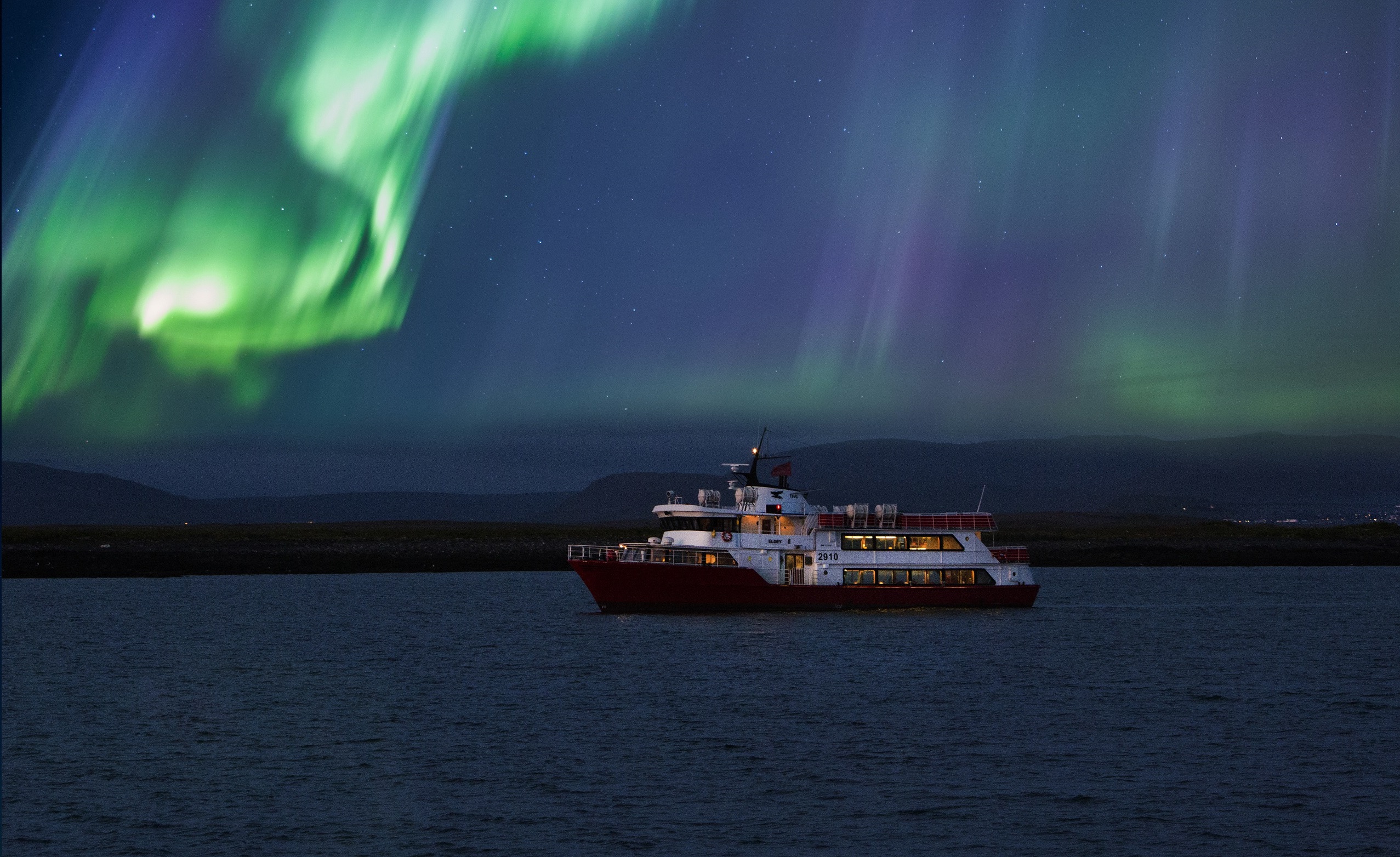
Post-solar storm, the celestial canvas bursts into vibrant life as the Northern Lights, Aurora Borealis, grace the skies with breathtaking hues and mesmerizing displays. This cosmic ballet is a dance of charged particles from the sun, interacting with the Earth's magnetic field, painting the night sky in an ethereal brilliance.
The Northern Lights are sparked by solar storms, violent eruptions on the sun's surface that release a deluge of charged particles. These particles, carried by the solar wind, embark on a journey towards Earth, arriving in a matter of days or even hours.
As the charged particles approach Earth, they encounter the planet's magnetic field. This protective shield guides the particles towards the magnetic poles, where they converge and collide with atoms in the atmosphere, releasing energy in the form of light.
Oxygen and nitrogen molecules, the primary components of the atmosphere, emit distinct colors when excited by the charged particles. Oxygen emits vibrant greens and reds, while nitrogen glows with purple and blue hues. The altitude, density, and temperature of the colliding particles influence the color, creating a vibrant tapestry across the sky.
The Northern Lights are not confined to the North Pole; instead, they occur in an oval-shaped region known as the "aurora zone," centered around the magnetic poles. The zone extends from around 60 degrees latitude in Canada and Alaska to the Arctic Circle.
For centuries, the Northern Lights have held immense cultural significance for indigenous communities in the northern hemisphere. In Scandinavian mythology, they are believed to be the Valkyries, mythical figures who guide fallen warriors to Valhalla. The Inuit refer to them as the "spirits of the dead."
Beyond their cultural significance, the Northern Lights offer a wealth of scientific insights. Their patterns and intensity provide valuable information about solar activity, magnetic field fluctuations, and the composition of the atmosphere. They also serve as a mesmerizing spectacle of nature's grandeur, inspiring awe and wonder in observers.
While the Northern Lights remain a captivating natural phenomenon, they face some modern challenges. Light pollution from human settlements can obscure their visibility, and climate change is altering the frequency and intensity of solar storms, potentially affecting the auroral displays.
The Northern Lights, a symphony of light and energy, are a testament to the intricate interplay between our planet and the cosmos. They serve as a reminder of the vastness of our universe and the profound beauty that can be found in nature's grandest displays. Understanding and preserving these wonders not only enhances our scientific knowledge but also enriches our collective human experience.
As we continue to witness the ethereal dance of the Aurora Borealis, let us appreciate the marvels of the celestial realm and strive to protect its pristine beauty for generations to come.

Post a Comment